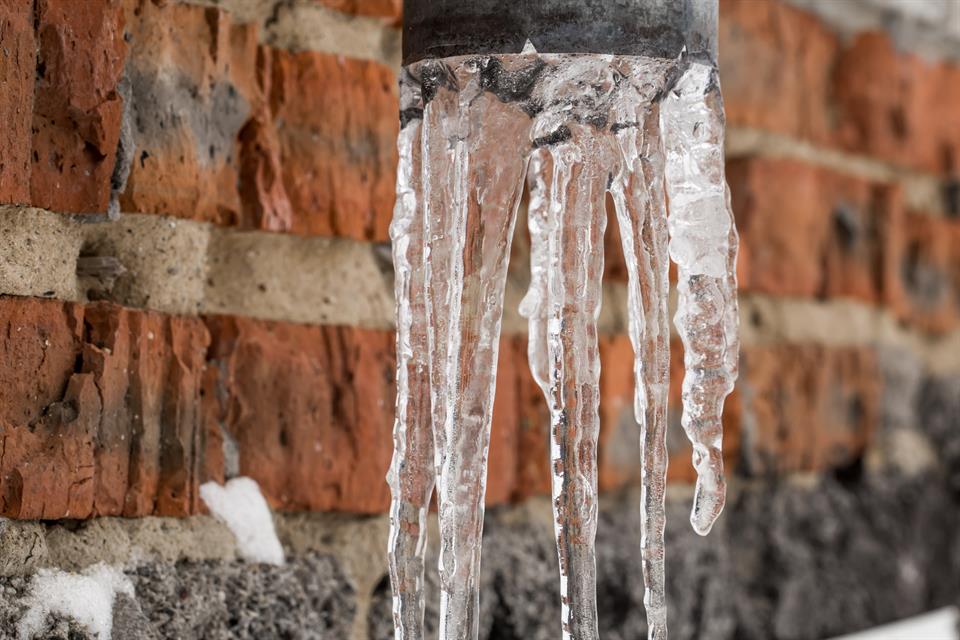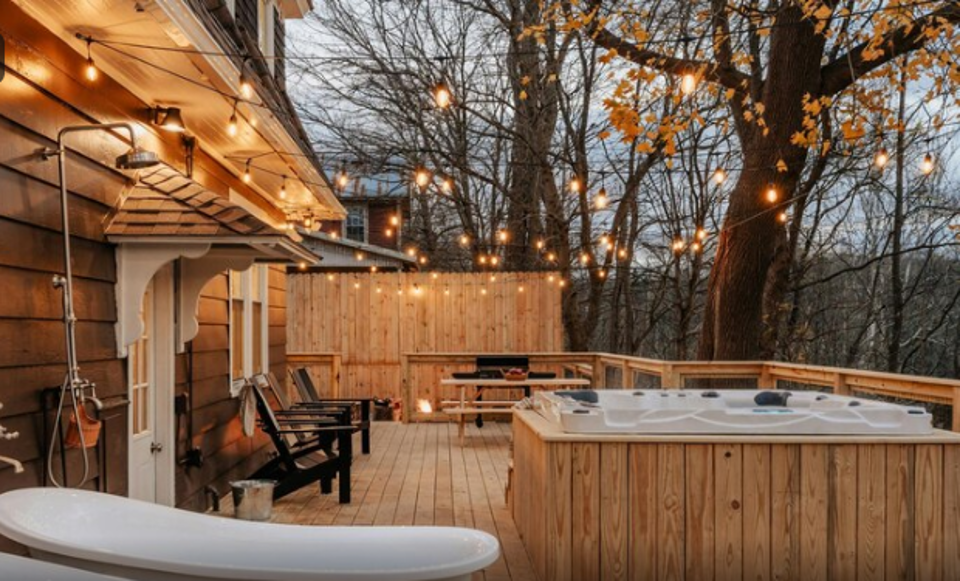What is Considered Water Damage?
Covered Water Damage Sources
Insurance policies typically cover water damage from sudden and accidental internal sources within your property. Burst pipes, overflowing appliances, and water heater failures generally qualify as covered water damage when they occur unexpectedly. Plumbing system failures, including broken supply lines, toilet overflows, and malfunctioning washing machines, receive coverage under most standard policies. Roof leaks caused by storm damage—such as wind-damaged shingles allowing rain penetration—typically qualify as covered water damage. Air conditioning system condensation problems and heating system water leaks also generally receive coverage when they result from equipment malfunctions rather than lack of maintenance. These internal water sources share the common characteristic of originating from within or above the structure rather than ground-level entry.
Excluded Water Damage Types
Several water damage categories face systematic exclusion from standard homeowners and commercial property policies. Flood damage—defined as rising water from external sources—receives universal exclusion, requiring separate flood insurance regardless of cause. Groundwater seepage entering through foundations, basement walls, or below-grade areas faces exclusion as flood damage. Sewer backup and drain overflow typically require specific endorsements for coverage, as these fall outside standard water damage protection. Gradual water damage from long-term leaks, chronic moisture problems, or poor maintenance receives exclusion as preventable rather than sudden and accidental. Ocean storm surges tidal flooding, and surface water accumulation from inadequate drainage all fall under flood exclusions despite potentially storm-related origins.
Documentation Requirements
Water damage claims require specific documentation to establish coverage eligibility and damage extent. Photographs showing the water source, damage progression, and affected areas provide crucial evidence for claim adjudication. Professional water extraction and restoration companies often provide detailed damage assessments that support insurance claims. Plumbing invoices, appliance service records, and maintenance documentation help establish that damage resulted from covered sudden failures rather than gradual deterioration. For roof leak claims, contractor reports linking interior water damage to specific storm-related exterior damage strengthen coverage positions. Immediate documentation before cleanup begins preserves evidence of damage extent and helps distinguish between covered and excluded water sources.
Coverage Boundary Complexities
Determining coverage for water damage often involves complex boundary issues between covered and excluded perils. Rain entering through storm-damaged roofs typically receives coverage, while the same rain entering through pre-existing roof deterioration may face denial. Water damage from frozen pipes generally qualifies for coverage, though damage from pipes freezing due to inadequate heating may face scrutiny. Appliance water damage typically receives coverage when resulting from mechanical failure, but damage from installation errors or maintenance neglect may be excluded. These boundary determinations require careful analysis of causation, timing, and policy language to establish appropriate coverage for specific water damage scenarios.





